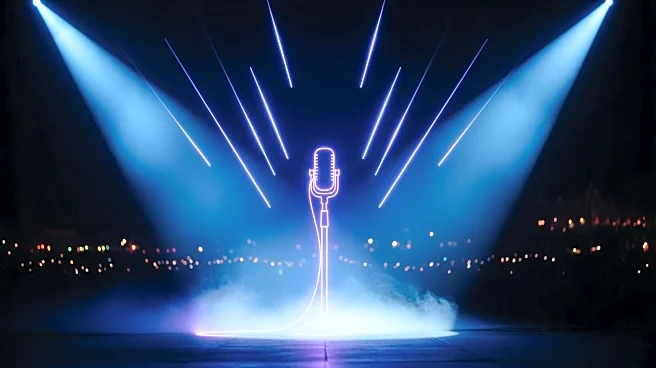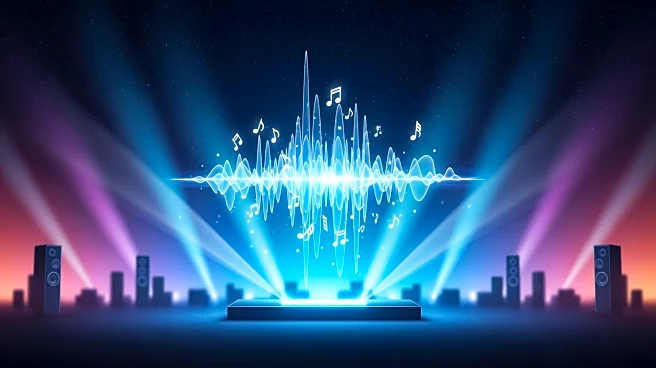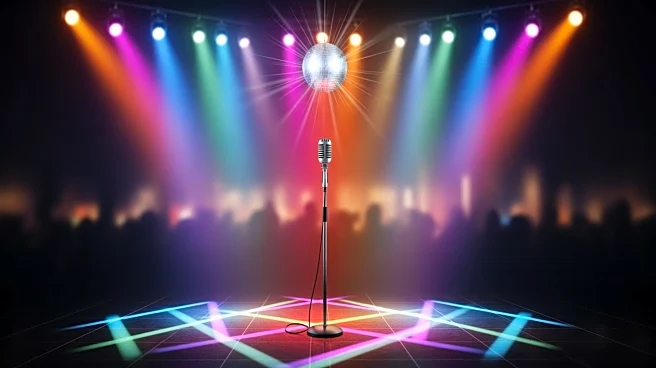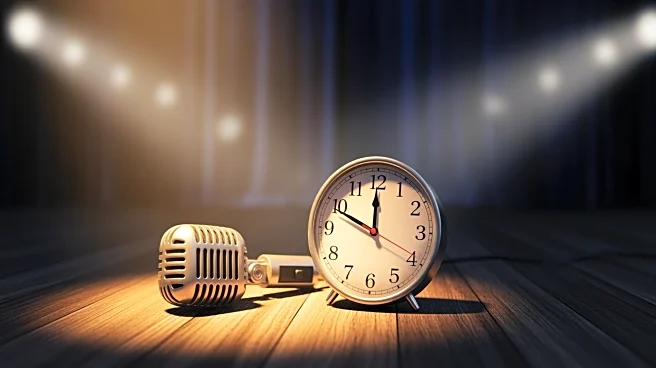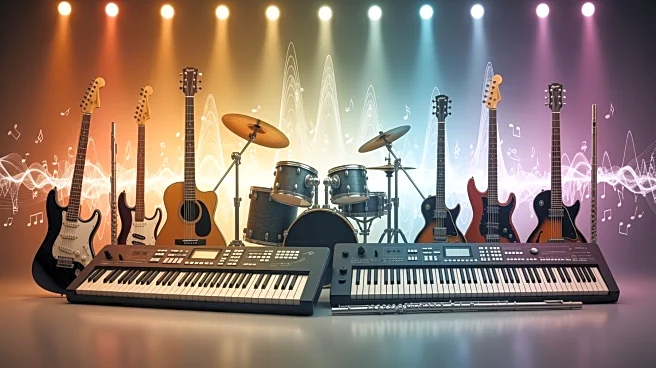What's Happening?
In 2012, Coachella marked a significant transition in popular music, showcasing the fading of rock, the evolution of R&B, and the rise of EDM. The festival featured defining artists of the decade and culminated
in a historic moment with the debut of the 2Pac hologram, which quickly became a global headline. The event highlighted the shift in music trends and the growing influence of hip-hop and EDM at major festivals.
Why It's Important?
The 2012 Coachella festival represented a pivotal moment in the music industry, reflecting broader shifts in musical preferences and the increasing dominance of hip-hop and EDM. This transition impacted festival lineups and the music business, influencing how artists are marketed and the types of performances that draw large audiences. The use of holograms also opened new possibilities for live performances, blending technology with entertainment.
What's Next?
The legacy of the 2012 Coachella festival continues to influence music festivals, with organizers increasingly incorporating technology and diverse musical genres to attract audiences. The success of the 2Pac hologram may inspire further technological innovations in live performances, potentially leading to more virtual appearances by artists who are no longer alive.
Beyond the Headlines
The use of holograms in live performances raises ethical questions about the representation of deceased artists and the commercialization of their likenesses. As technology advances, the music industry may face challenges in balancing innovation with respect for artists' legacies.
